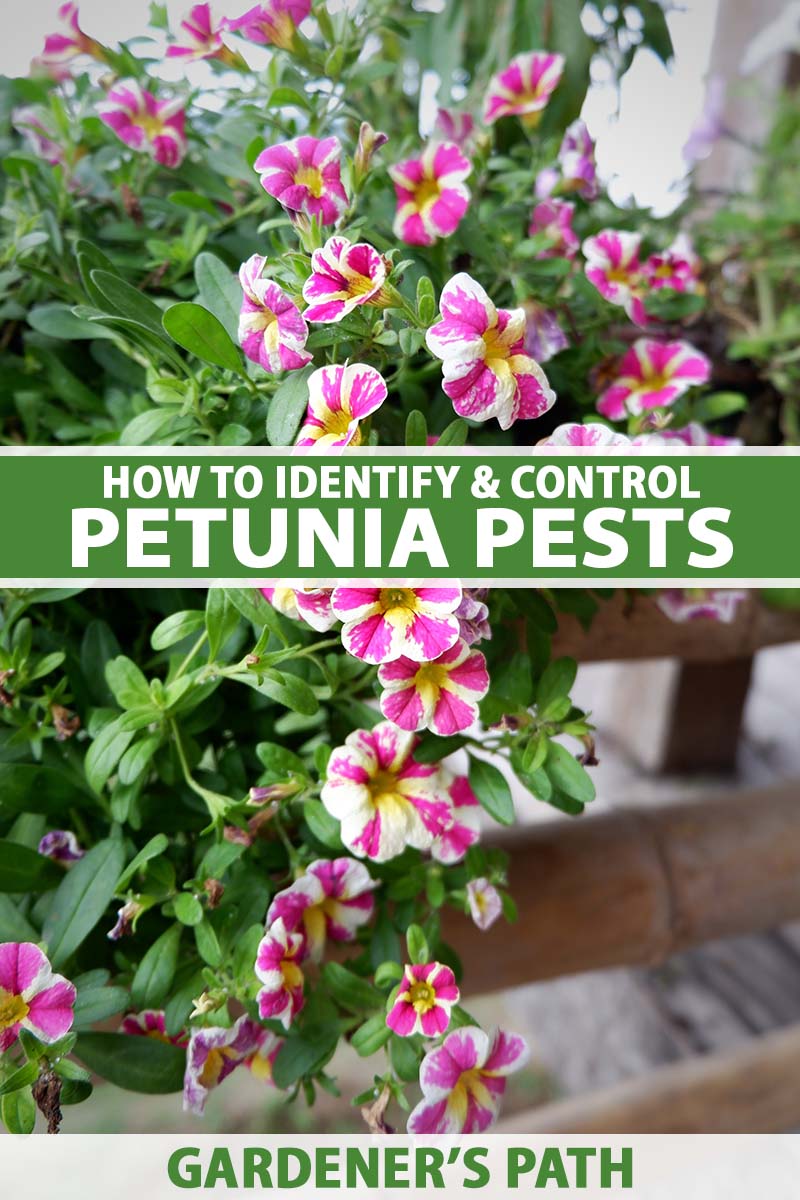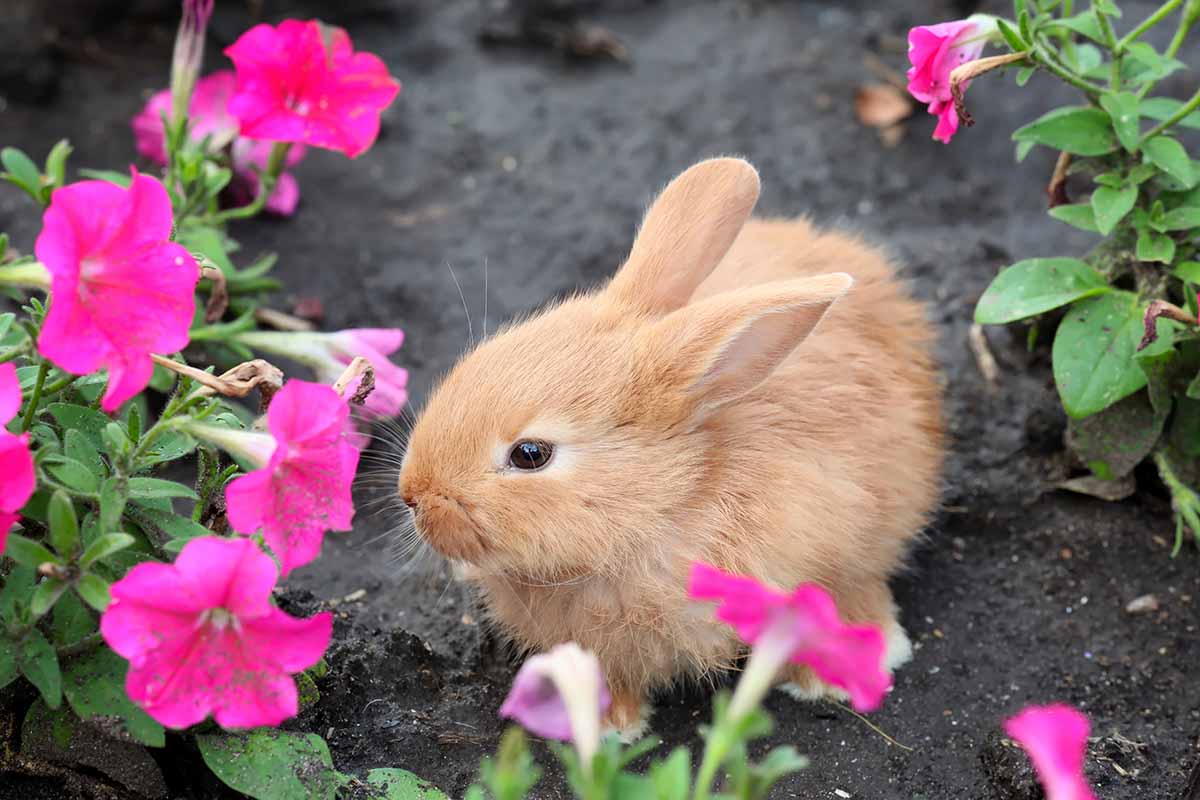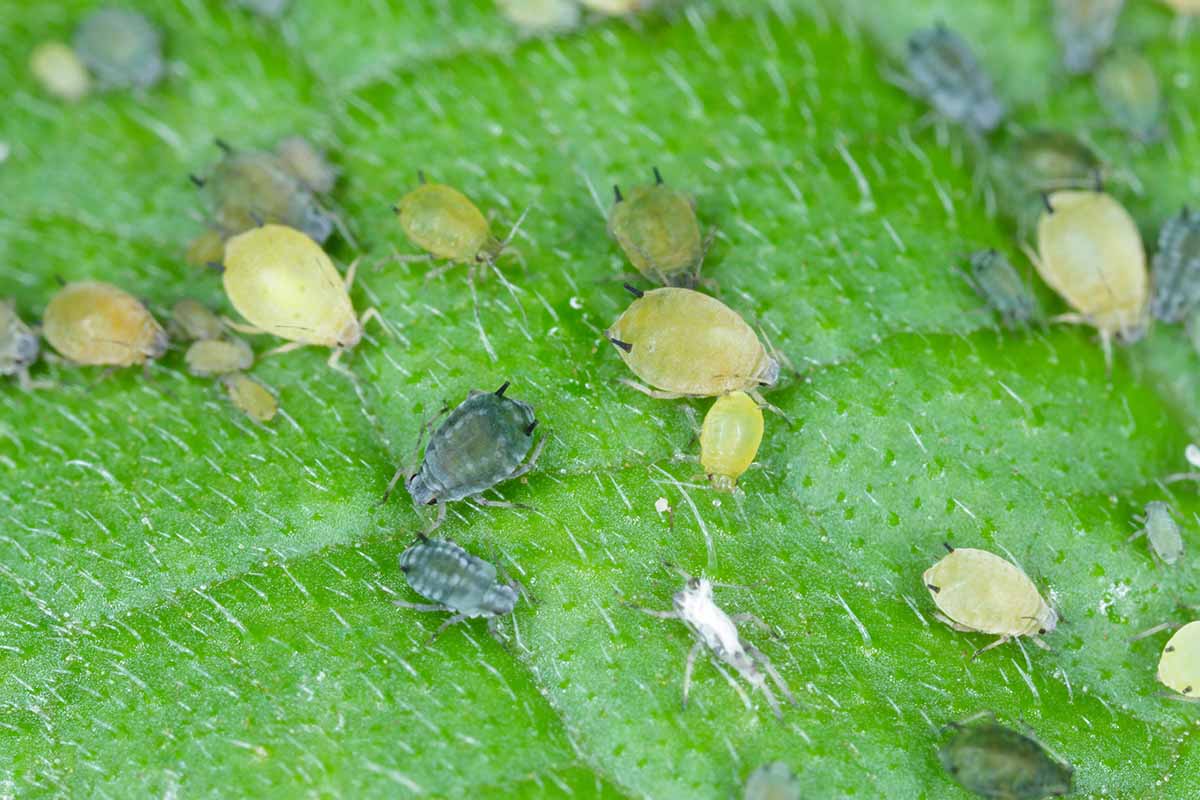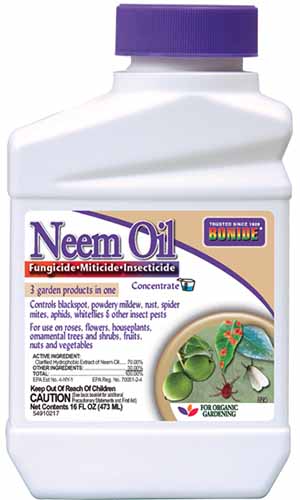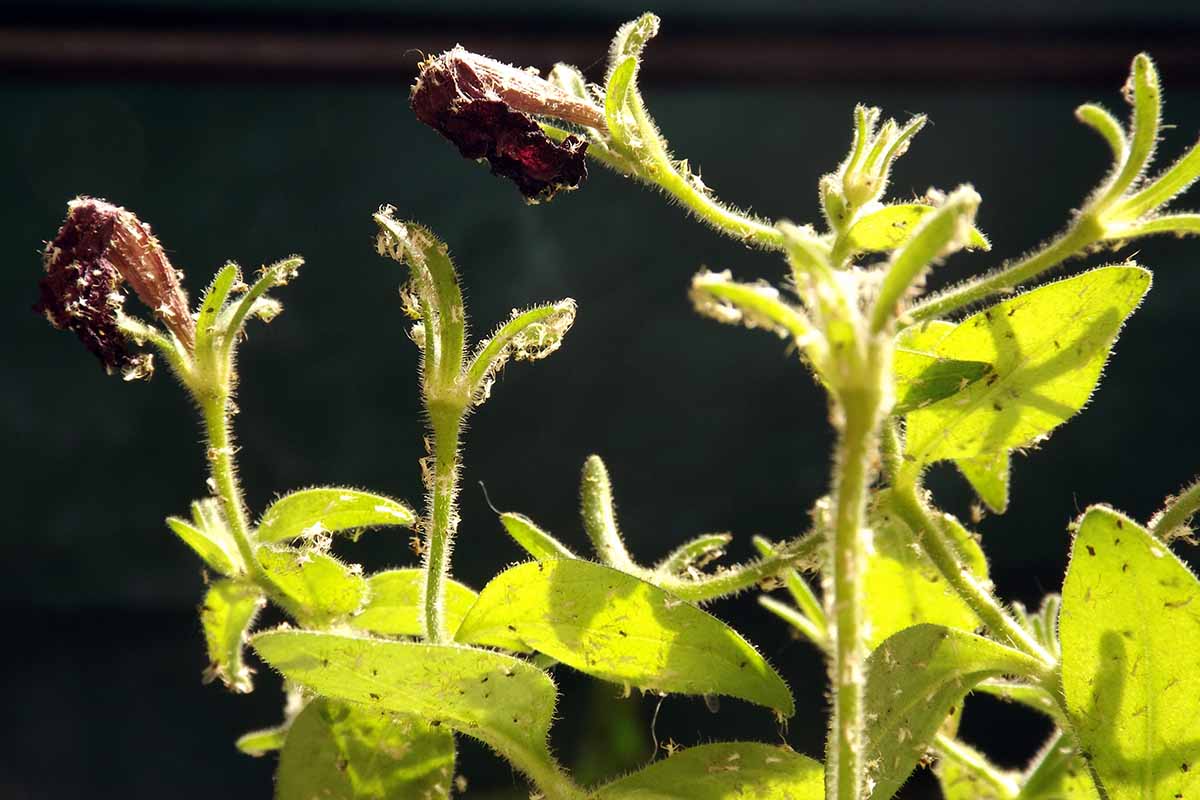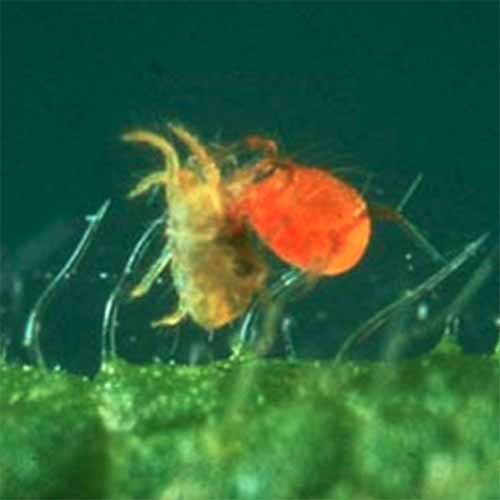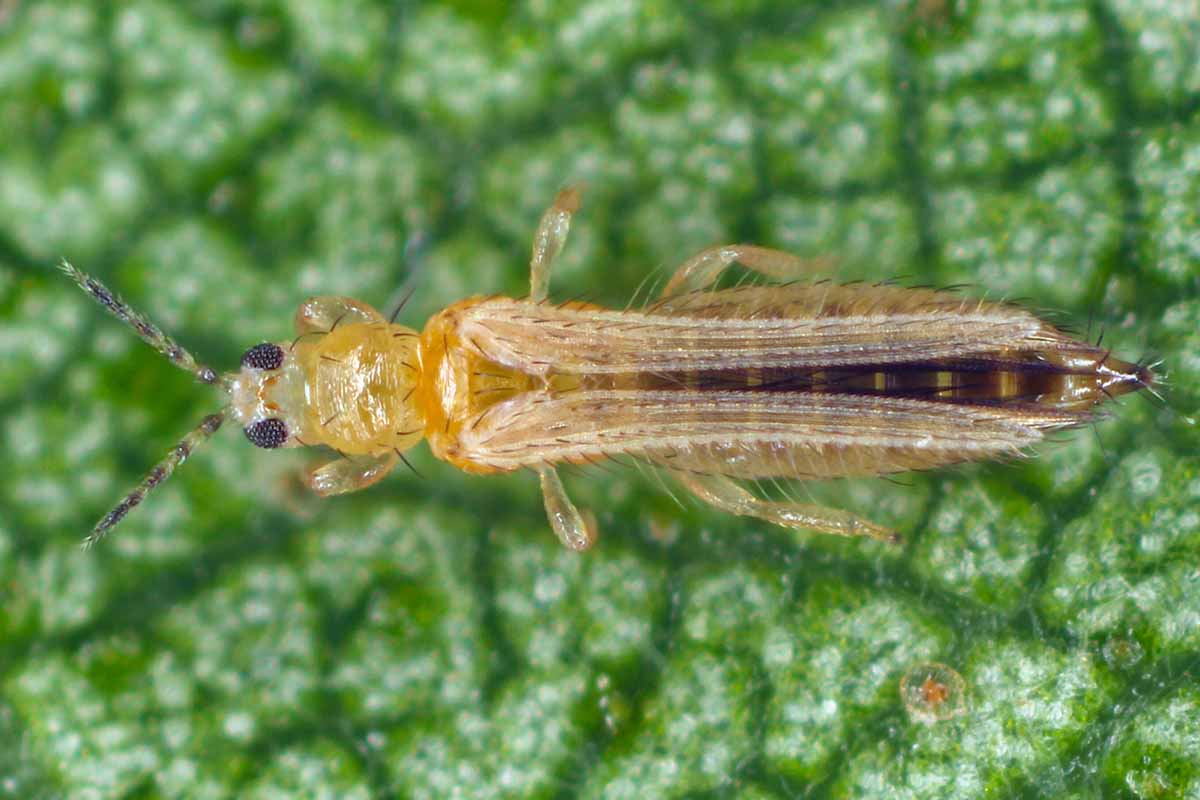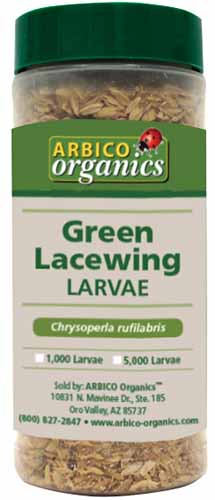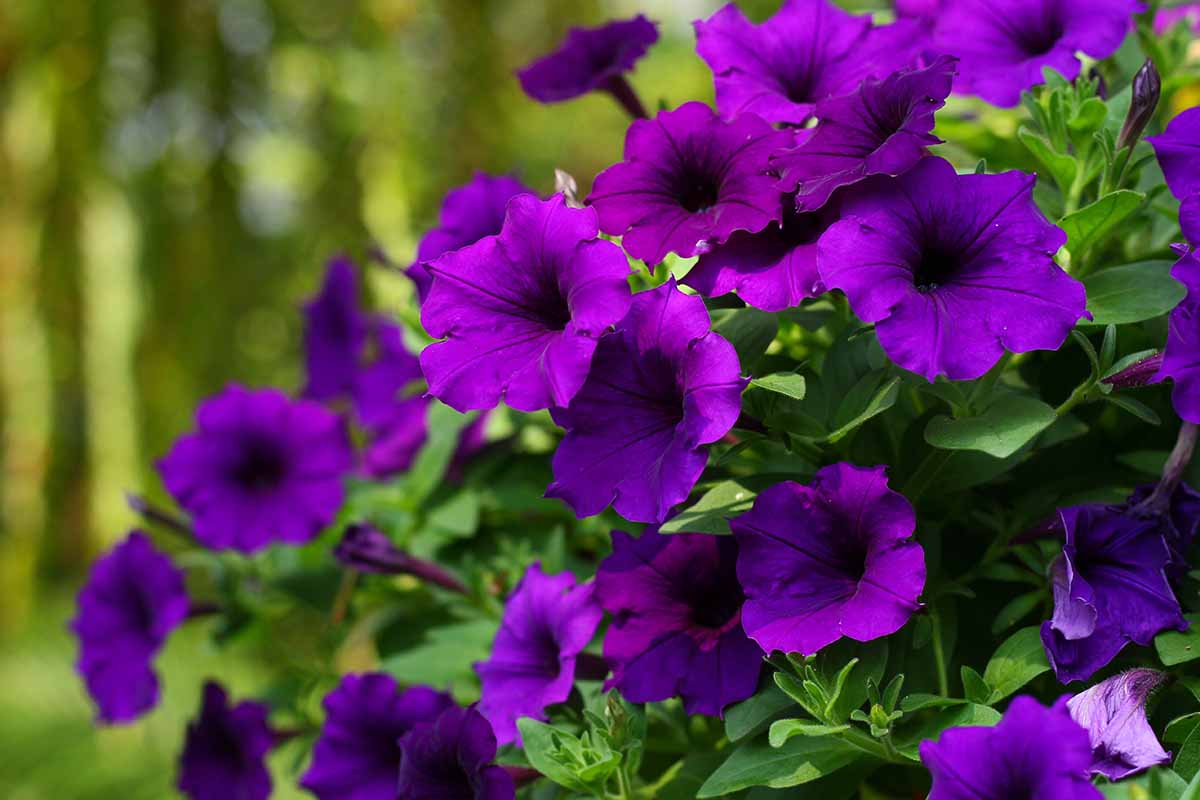Animals and insects consider these plants to be a tasty delicacy. Insects might also try and use your petunias as a new home to lay eggs. So how do you prevent an infestation and protect your beautiful flowers? We link to vendors to help you find relevant products. If you buy from one of our links, we may earn a commission. Let’s go over the most common pests you might find yourself dealing with, as well as some tips to prevent infestations and overall damage.
1. Animals
Petunias will be made into a quick meal by many types of woodland critters – don’t let their cuteness fool you. Rabbits, for example, LOVE to nibble and snack on the soft foliage of these plants. There’s good news – all you need to do is move your petunias so they can not be reached from the ground. However, this might not be possible if you’re growing a ground cover variety. In this case, you might consider constructing a fence or barrier around your flower bed. This solution is great for managing rabbits, and other low-ground animal pests you might have in your area. A fence barrier can also help to protect your plants from deer, who may also be interested in adding your flowers to their meal plan. If deer are your main concern, check out this step-by-step guide on how to construct a deer fence.
2. Aphids
Aphid infestations are some of the most annoying, in my opinion. Various species of pests in the Aphidoidea superfamily will infest plants heavily and feast on the new, healthy growth – stunting healthy spring growth in particular. Aphids are very small, soft-bodied insects that cluster densely on plants and leech the juices from the new growth. From a distance, you might first notice what looks like small grains of white rice on your plant. These grains are actually the molted skin of the aphids which are currently infesting your plant. Upon closer inspection, you’ll see that the aphids are small and pear shaped, with different species having different colored bodies that may be light green, yellow, red, or black. Luckily, aphids are one of the easier pests to manage and can be killed with a variety of methods. In fact, we’ve published an entire aphid management guide devoted to all the different ways you can eradicate these pests from your garden. Your first instinct might be to grab the organic insecticidal soap – and you would not be remiss to do so. Horticultural oils, like neem, would also work just as well, and this is one of my favorite pest control methods. If you don’t happen to have any of these items on hand, a sudsy dish soap solution will also do the trick. Mix half a teaspoon of dish soap with 32 ounces of water. Fill up a spray bottle and douse the infested areas with the solution.
3. Budworms
Commonly known as tobacco or geranium budworms (Heliothis virescens), these pests are very common on petunias and can cause a lot of damage, thanks to their voracious appetite for flower buds. You’ll know you’re dealing with these pests if you look at your petunia’s flower buds and there are big ol’ holes you can see right through. Luckily, the caterpillars are also very easy to see. They are usually found in summer and have white stripes that run lengthwise down their bodies, which are also covered in hair. Depending on what they are eating, they can be brown, green, or reddish-purple. You can handpick these caterpillars and throw them in a bucket of soapy water to drown. You should begin inspecting the leaves for eggs starting in July and continue to keep an eye out through the end of August. The pinhead-sized white eggs are usually laid in small clusters on the underside of foliage. Cut away damaged buds and remove any leaves that you discover with eggs on them. Either burn infested plant parts that you’ve removed or throw them in the trash – do not compost them!
4. Leaf Miners
Adult leaf miners are small flies with black and yellow bodies. These adults will lay their eggs on the leaves of your plant, and the larvae will feed on the leaves after they hatch. Leaf miners, from the Agromyzidae family, are most likely to appear on your petunias in their larval form. You will typically see spider mites in the middle of summer, as these pests love hot, dry conditions, and will seek out plants dealing with water stress. Neem oil is a very popular horticultural oil that can be used as both a foliar spray and a soil drench. It’s organic, and can be purchased as a ready-to-spray product or in concentrated form. I prefer the concentrate, and I mix it up in a reusable spray bottle according to the package instructions. Bonide Neem Oil Concentrate I highly recommend the gallon-size container of Bonide Neem Oil concentrate that’s available from Arbico Organics. We’ve put together a full guide on managing leaf miners if you’d like to learn more.
5. Spider Mites
Spider mites, from the Tetranychidae family, are common garden pests that feed on many types of ornamentals, vegetables, vines, and fruit trees. They are small, pinhead-size arachnids that most gardeners won’t notice until they observe webs all over the leaves and flowers of their plants. How to manage them? First, make sure that you’re watering your petunias properly. These plants are pretty heat tolerant, but you should be sure to water deeply at least once a week in the absence of rain, especially during hot summer months. P. persimilis can be released on your petunias at the first sign of infestation. They will move over the leaves and flowers, and feed on spider mites at every life stage. Mite Predators These beneficial arachnids are available from Arbico Organics. Also, check out our guide to learn more about protecting your plants from spider mites.
6. Thrips
Thrips (order Thysanoptera) are juice-sapping bugs that can affect all kinds of garden plants, including petunias. Thrips are so annoying we’ve put together a full guide on how to manage them. The adult pests are commonly described as bullet-shaped, and they range between half a millimeter and five millimeters in length. Their bodies can appear in various colors but they are most commonly black, brown, white, or yellow. The best way to combat these insects is to use a combination of an organic pesticide like neem oil, and beneficial insects. Lacewings, for example, are natural predators to thrips and they will eat whatever tiny bugs are left over from your initial treatment of neem oil. Wait at least a full week between spraying with neem oil and introducing your lacewings. Green Lacewing Larvae Green lacewing larvae are available through Arbico Organics. You can naturally encourage lacewings to visit your garden by adding plants they like to your landscape as well. Adult lacewings feed on nectar and pollen, so consider coreopsis, yarrow, and goldenrod.
Protect Your Petunias
These showy, scented flowers are a joy to include in any garden. Proper care and monitoring, plus a combination of pesticides and beneficial insects, will keep your petunias growing strong. When you protect your plants, they will reward you with their beautiful flowers! If you were a bit lost as to where to start with pest management on your petunias, I hope this article helped to build your confidence! Tell us about your own experience with these plants in the comments, and the pests you have in your region. Next up, we have even more information on caring for petunias to set you up for success:
Are Petunias Cold Hardy? Tips for Outdoor Winter CareWhat Are the Different Types of Petunia Plants?Your Complete Guide to Overwintering Petunias
